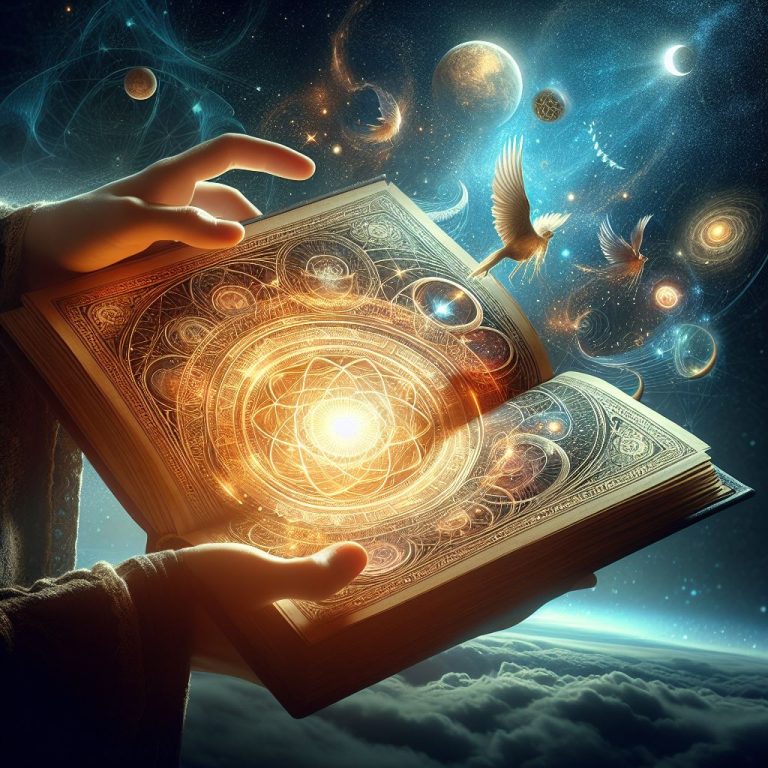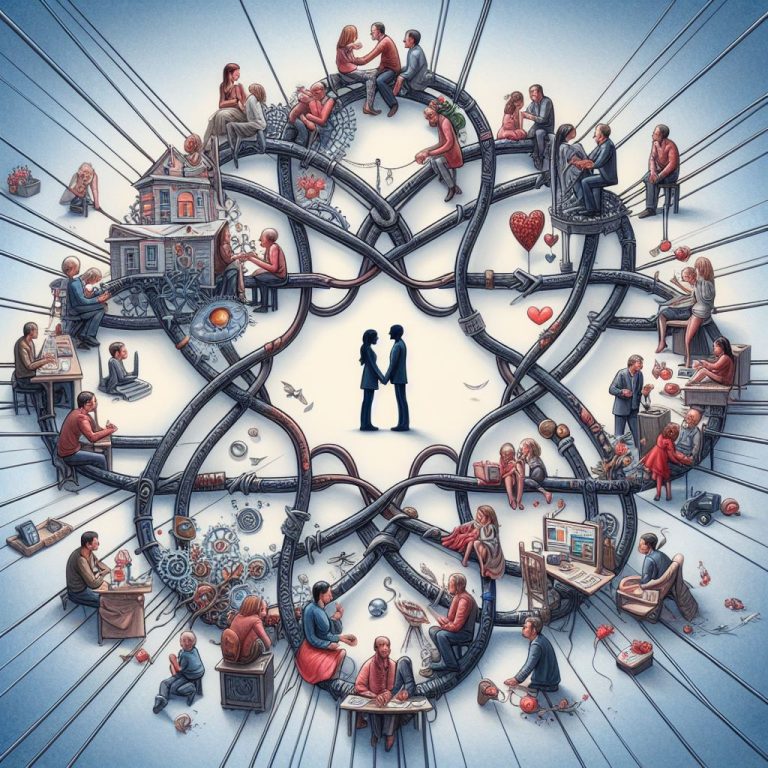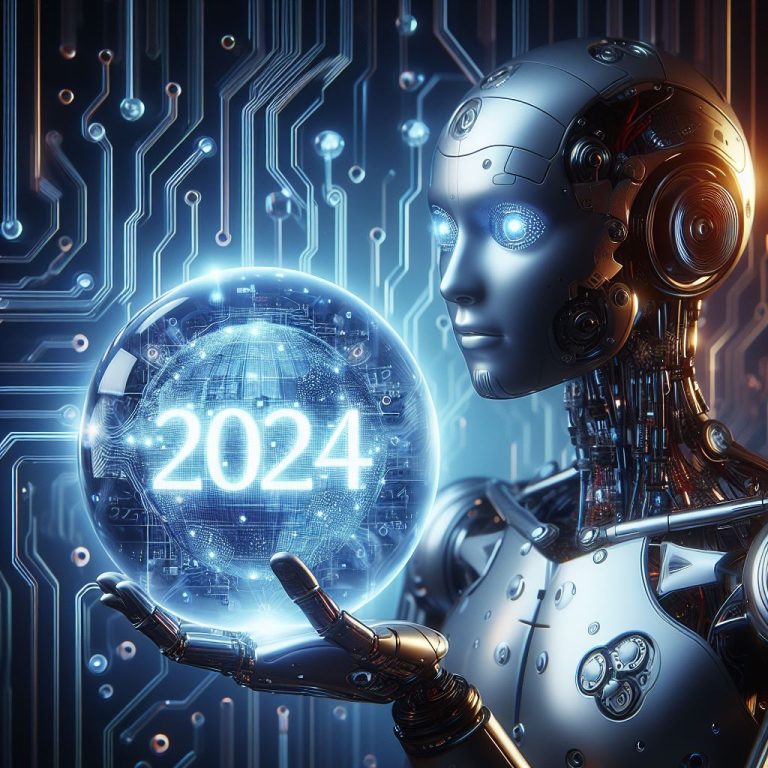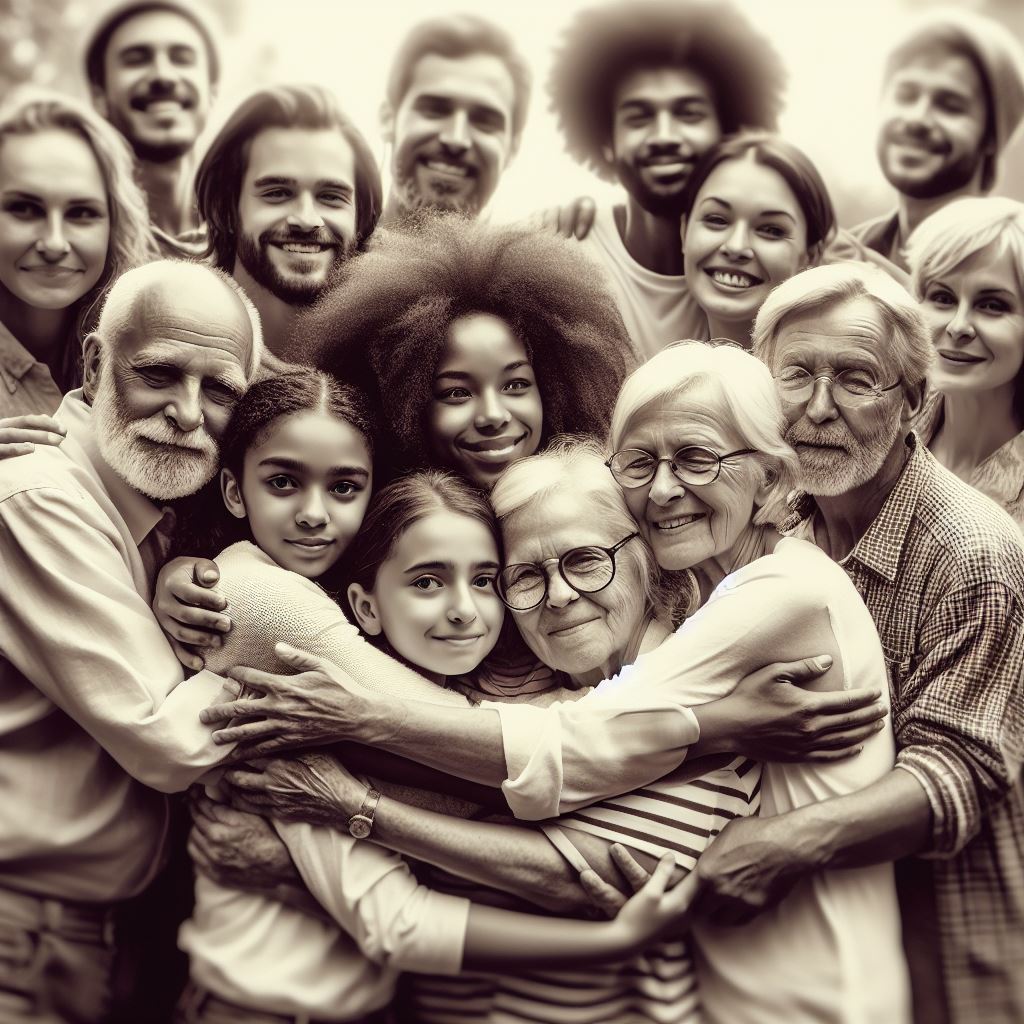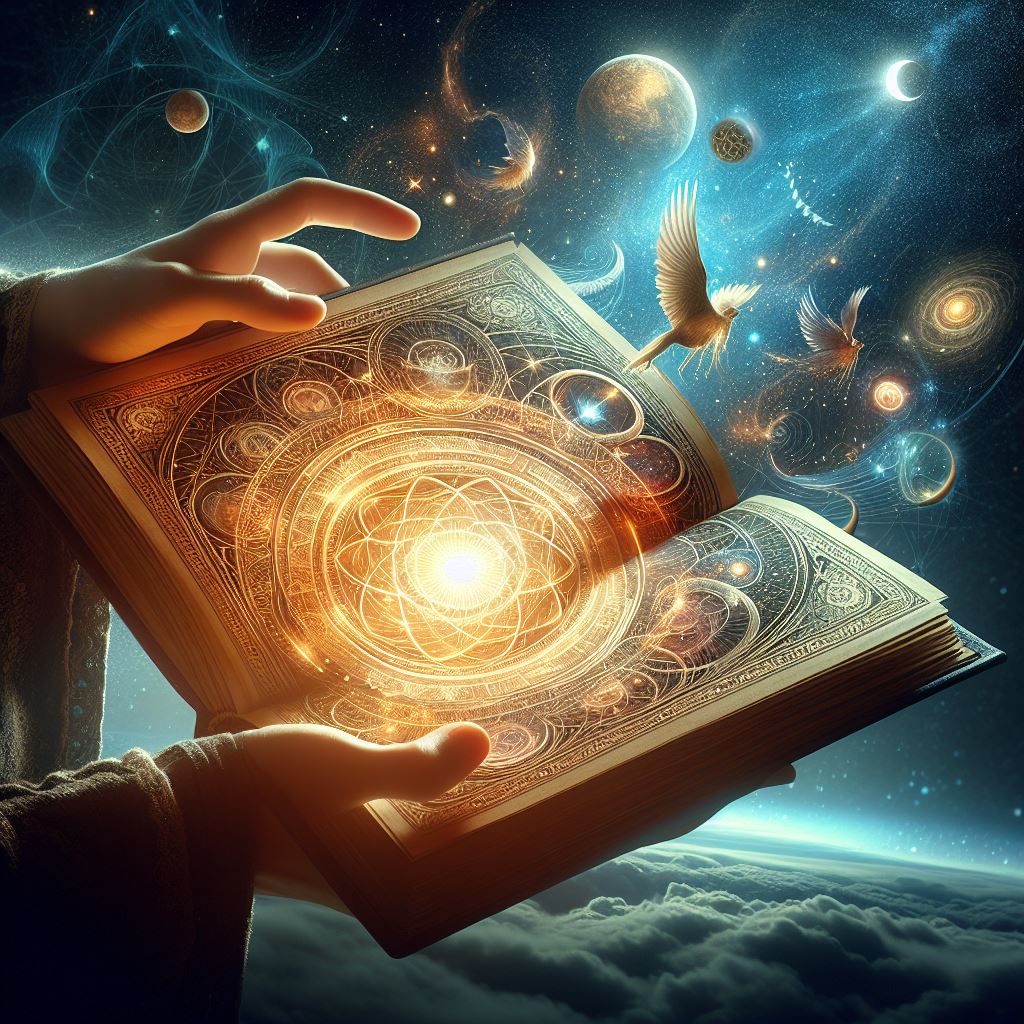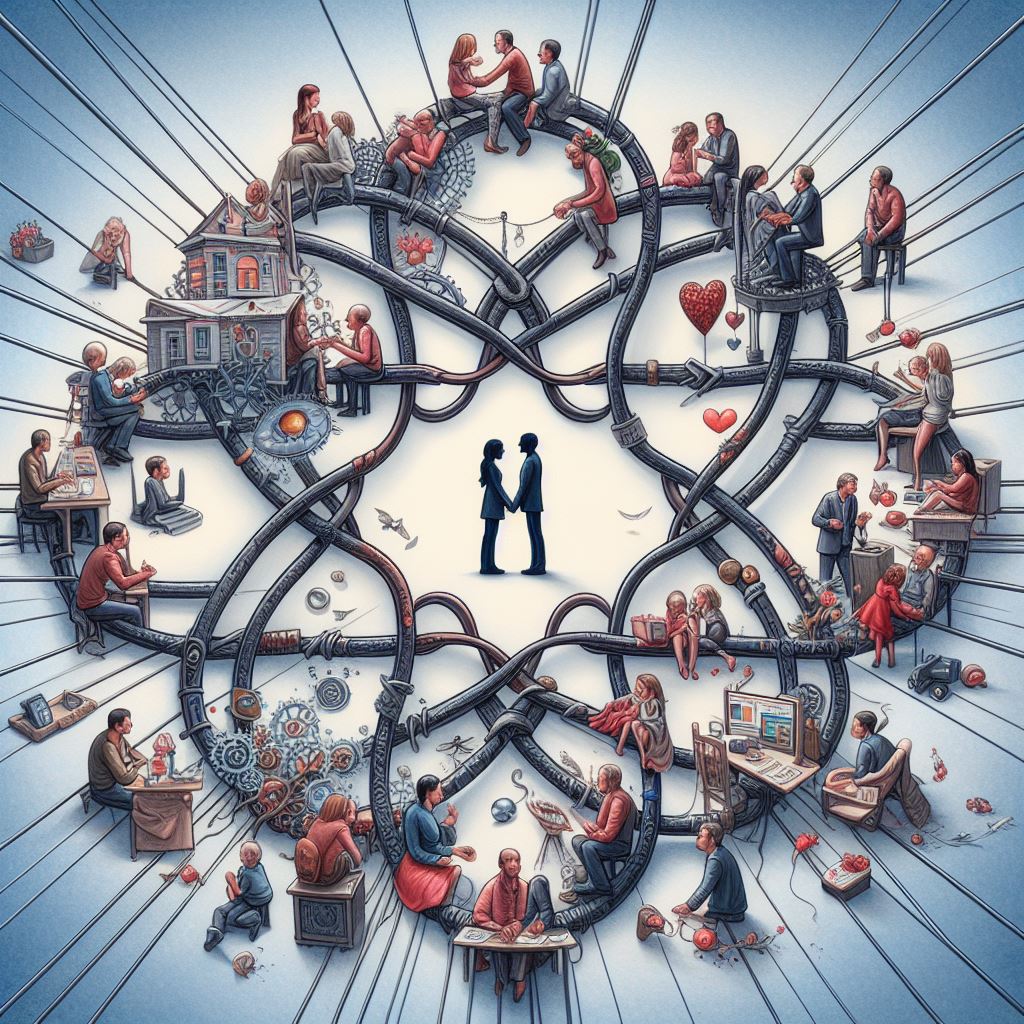Imagine a parade winding through time, each generation a banner held high, their stories stitched into the fabric of history. From the disillusioned artists of the Lost Generation to the tech-savvy warriors of Generation Z, each era has marched to its drumbeat, shaped by the world it inherited and reshaping the one it leaves behind.
The Lost Generation, forged in the crucible of World War I, bore the scars of disillusionment yet birthed literary giants like Hemingway and Woolf. The Interbellum, sandwiched between wars, nurtured practical minds like Eisenhower and Roosevelt, navigating a turbulent world with adaptability and resilience. Then came the Greatest Generation, defined by the crucible of WWII, their unwavering duty and stoicism leaving an indelible mark on history.
Following on their heels, the Silent Generation, stoic witnesses to the Depression and Korean War, prioritized stability and built the foundations of modern prosperity. The Boomers, bathed in post-war optimism, challenged norms and ushered in a technological revolution. But as prosperity waned, Generation X, the latchkey kids, learned independence and pragmatism, adapting to a world of economic uncertainty.
Bridging the gap between analog and digital, Xennials straddle two worlds, blending Gen X skepticism with Millennial optimism. The Millennials, raised on the internet, embraced technology, entrepreneurship, and social justice, even as debt and environmental anxieties clouded their horizon. Generation Z, digital natives born into a world grappling with climate change and social inequalities, raises its voice, demanding action and accountability with a global consciousness.
Yet, amidst the differences, threads of connection bind these generations together. The Boomers’ activism echoes in Z’s social justice battles. The Greatest Generation’s resilience fuels Xennials’ entrepreneurial spirit. Once a generational divide, technology became a common language, a tool for collaboration and innovation.
So, as the parade stretches into the future, with Generation Alpha taking its first steps, we must remember that each generation adds a unique verse to the poem of history. By understanding.
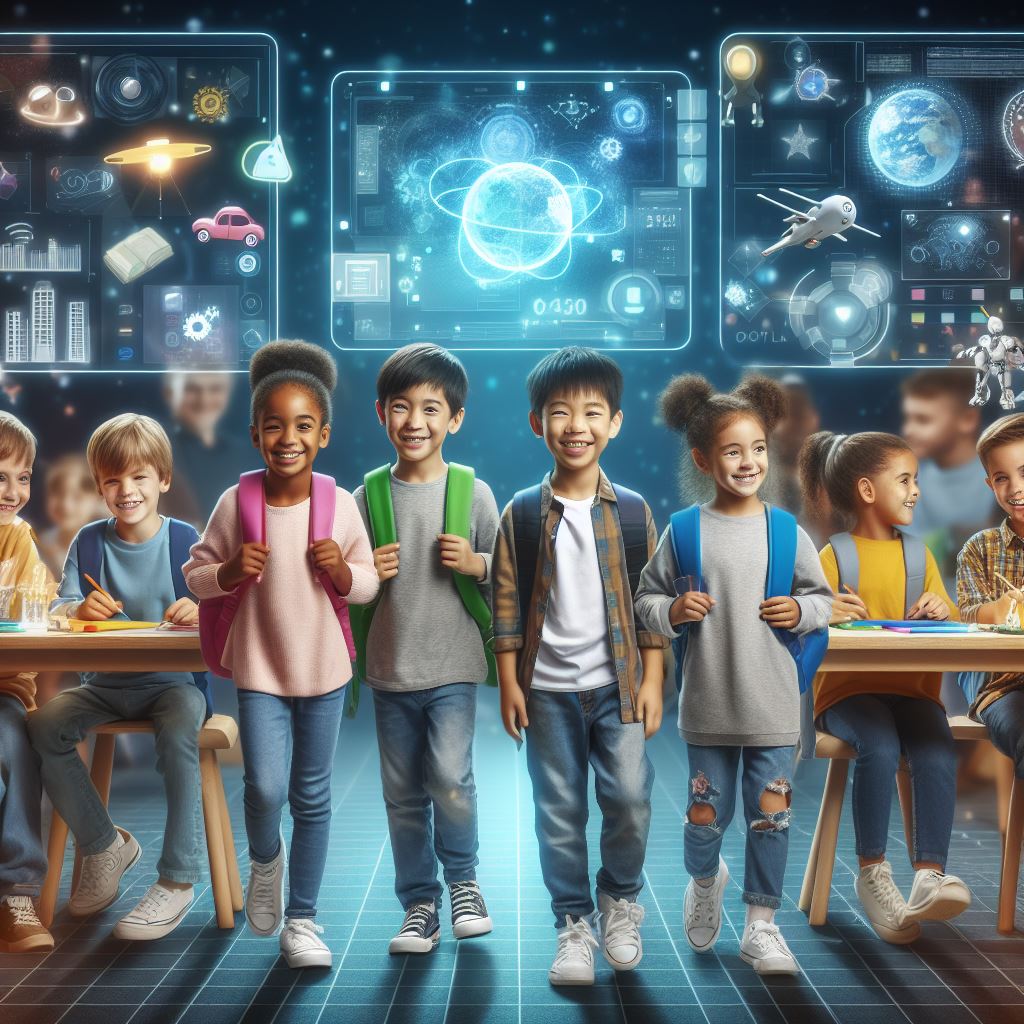
Outline:
I. Introduction:
- Hook: A captivating image of generations passing the torch through time.
- Thesis: Each generation is a chapter in history, shaping and reacting to the world around them.
II. Marching Through Time: A Timeline of Generational Evolution:
- The Lost Generation (1890-1915): Shaped by WWI, disillusioned and artistic. Examples: Ernest Hemingway and Virginia Woolf.
- The Interbellum Generation (1901-1913): Witnessed world wars, adaptable and practical. Examples: Dwight D. Eisenhower and Eleanor Roosevelt.
- The Greatest Generation (1910-1924): Defined by WWII, duty-driven and resilient. Examples: Tom Hanks and Betty White.
- The Silent Generation (1925-1945): Witness to the Depression and Korean War, stoic and value-driven. Examples: Clint Eastwood and Stephen King.
- The Baby Boomer Generation (1946-1964): Post-war prosperity, rebellious and optimistic. Examples: Bill Gates and Oprah Winfrey.
- Generation X (1965-1980): Latchkey kids, skeptical and independent. Examples: David Letterman and Courteney Cox.
- Xennials (1977-1983): Cusp generation, blending Gen X and Millennial traits. Examples: Kristen Bell and Ryan Reynolds.
- Generation Y (Millennials) (1981-1996): Tech-savvy, entrepreneurial, burdened by debt. Examples: Emma Watson and Taylor Swift.
- Generation Z (iGen) (1997-2012): Digital natives, social justice warriors, and environmentally conscious. Examples: Greta Thunberg and Malala Yousafzai.
- Generation Alpha (2013-present): Entering the digital age, unknown potential and values.
III. Shifting Landscapes: How Generations Redefine Themselves:
- Work & Careers: From manual labor to knowledge economy, entrepreneurship to remote work.
- Technology: From radio to the internet, social media to virtual reality.
- Social Values: From traditional norms to civil rights movements, environmentalism to gender equality.
- Communication: From letters to emails, social media to emojis and audio messages.
IV. Beyond Labels: Connecting Through Shared Journeys:
- Highlighting intergenerational collaboration and shared struggles – economic crises, global pandemics, technological disruptions.
- Emphasizing the importance of understanding and appreciating diverse perspectives.
V. Conclusion:
- Each generation contributes a unique verse to the poem of history.
- Embracing intergenerational dialogue and learning from each other’s experiences.
- A call to build bridges across generations for a more interconnected and thriving future.
